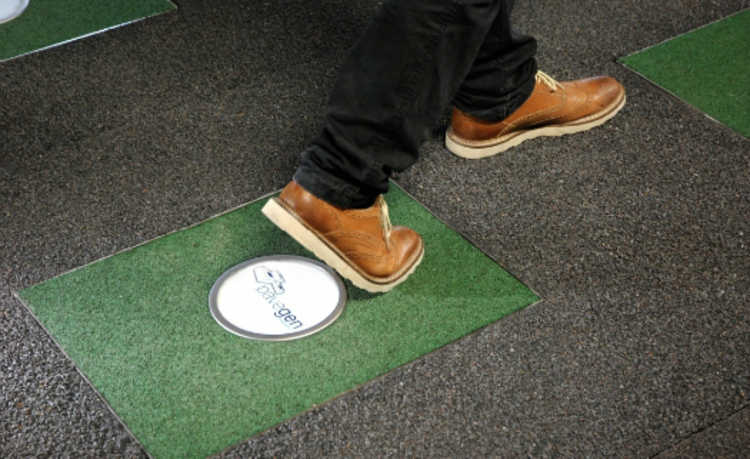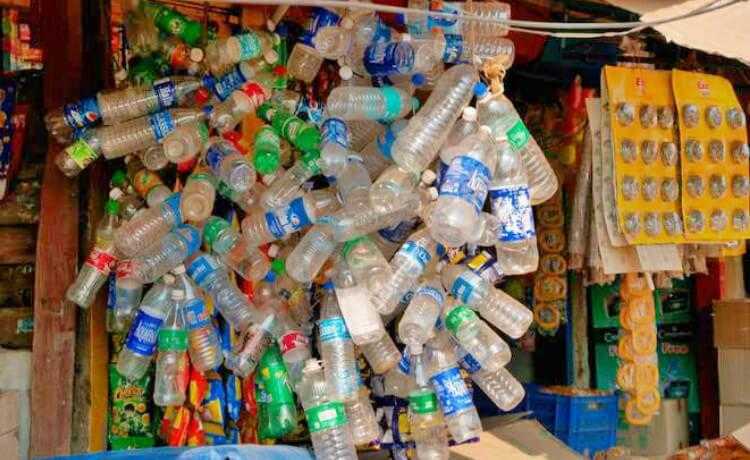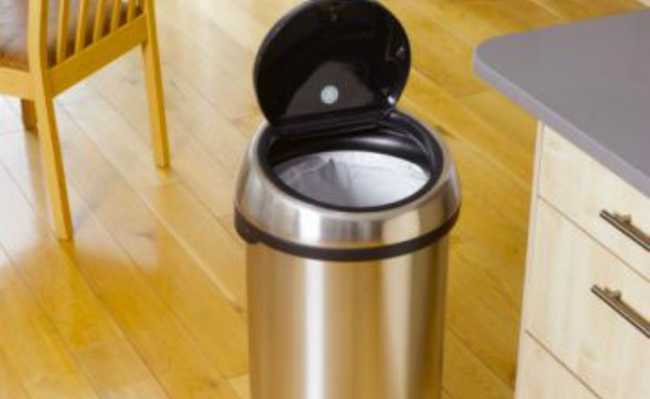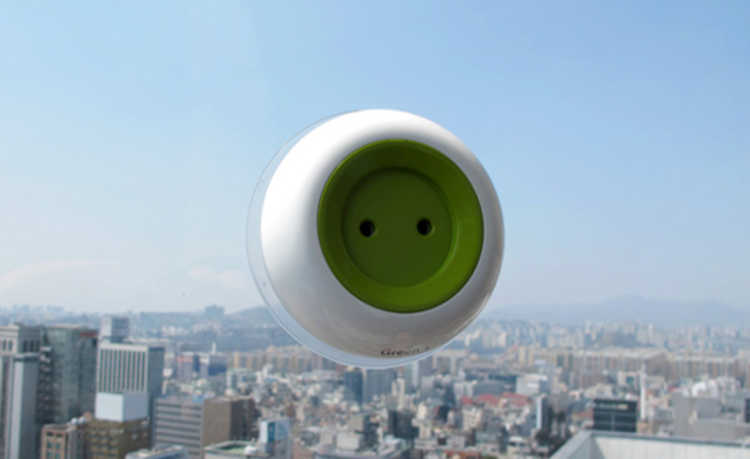BPA-Free Bottle: Is the Baby Really Safe?
Bisphenol A-free baby bottle provides security for parents, but the baby may end up being exposed to BPA during pregnancy - there are other sources too

Edited and resized image by Jens Johnsson is available on Unsplash
A bottle free of BPA (Bisphenol A) can even bring a feeling of security, but the baby may not be so safe. After the publication of several studies showing the harmful potential of bisphenol A to the health of people and animals, its use was regulated; it is now banned in the bottle and limited to certain levels in other types of materials. This brought a sense of security to parents, but the problem is that there are other sources of exposure to bisphenol A (BPA) and substances with similar chemical structure and harmful effects that have not yet had their use regulated, such as BPS, BPF and other types of bisphenol.
- Do you know what BPA is? Know and prevent yourself
- Know the types of bisphenol and their risks
A study published by the American journal endocrinology showed that the exposure of pregnant women to BPA not only changes the behavior of their children, but also of future generations (grandchildren and great-grandchildren of pregnant women).
In addition, there are other ways that BPA and similar types of bisphenols (also harmful and not yet regulated) can come into contact with babies. BPA is a synthetic material used in various types of plastics, receipts, food packaging, soft drink cans, resins, among other products.
dangerous substitutes
 With the restrictions on BPA, the industry developed new equivalent substitutes, BPS, BPF (bisphenol S and bisphenol F), among others. These two substances are very similar to bisphenol A and can also cause harmful health effects.
With the restrictions on BPA, the industry developed new equivalent substitutes, BPS, BPF (bisphenol S and bisphenol F), among others. These two substances are very similar to bisphenol A and can also cause harmful health effects.Like BPA, BPS, BPF and other types of bisphenol, they are endocrine disruptors and can cause thyroid changes.
- BPS and BPF: Alternatives to BPA are just as or more dangerous. Understand
- Endocrine disruptors alter the hormonal system and can cause disturbances even in small amounts.
BPF can cause an increase in the size of the uterus, in the weight of the testes and glands, among other harmful effects.
BPS has proven cancer-causing potential, negative effects on mammalian testes, pituitary gland, and reproduction of female mammals and fish.
According to the US Environmental Protection Agency (EPA), bisphenol S becomes highly hazardous to health when used as an alternative to printing ink.
BPA, the most studied of all (because it was developed before), can cause abortion, abnormalities and tumors of the reproductive tract, breast and prostate cancer, deficits in attention, visual and motor memory, diabetes, decreased quality and amount of sperm in adults, endometriosis, uterine fibroids, ectopic pregnancy (outside the uterine cavity), hyperactivity, infertility, changes in the development of internal sexual organs, obesity, sexual precocity, heart disease and polycystic ovary syndrome.
To animals, endocrine disruptors, in general, can cause significant harm. They cause reductions in populations of dolphins, whales, deer and ferrets, impair the development of bird eggs, cause sexual deformities in reptiles and fish, changes in amphibian metamorphosis and many other damages.
Where are they present?
The various types of bisphenol (BPA, BPS and BPF) are not only present in packaging. A study showed that these substances are also found in toothpaste, hair care products, makeup, lotions, tickets, tickets, envelopes, meat, processed meat, vegetables, cereals, cat and dog food, baby formula and even in house dust.
- What are fresh, processed and ultra-processed foods
With the ingestion and contact with contaminated food and products, these bisphenol varieties accumulate in the human body. In contact with the skin through the touch of receipt papers and newspapers, for example, they end up in the bloodstream. Tests showed the presence of bisphenol even in human urine.
Babies, adults and animals are at risk
Some say that exposure to bisphenol A from sources other than the bottle does not pose a significant risk to human health because the amounts are very small. However, a study carried out by the Federal University of São Paulo showed that BPA had dysregulatory effects on the thyroid even at low doses.
Therefore, it is necessary to question whether prohibiting the use of BPA only in the bottle is safe for the baby, given that the substance migrates from packaging (and other materials) to foods such as vegetables, meat and even baby formula and can present harmful effects even at low doses.
This is added to the damage they can cause to adults and the environment, the latter especially after the disposal of materials and foods containing bisphenol.
To properly dispose of your waste and prevent bisphenol from escaping into the environment, check which collection points are closest to your home.
To learn how to recycle your organic waste at home, visit the article "What is organic waste and how to recycle organic waste". Lighten your footprint.










